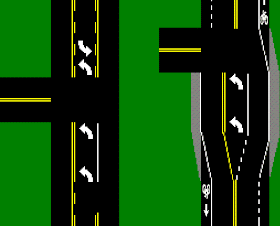There are more people riding bikes than ever. Yet half of all U.S. trips are three miles or less, and more than 90 percent are made by car. The National Bike Summit has improved bicycle-friendliness and livability in many communities, but the need and opportunity to improve physical activity, safety and livability in the U.S., while reducing congestion, gas emissions and our dependence on oil – remains greater today than a decade ago.
These issues seem difficult to solve but the answer is simple. The answer is the bicycle. Now is the time to ask Congress to make strategic transportation investments that foster healthy people and healthy communities. Join us March 8-10 in Washington, D.C. to act on a simple solution – the bicycle.
The National Bike Summit 2011 in Washington is an opportunity to make sure that budget decisions in these tough economic times take into account bicycling and walking as appropriate means of transportation and important economically for recreational tourism.















